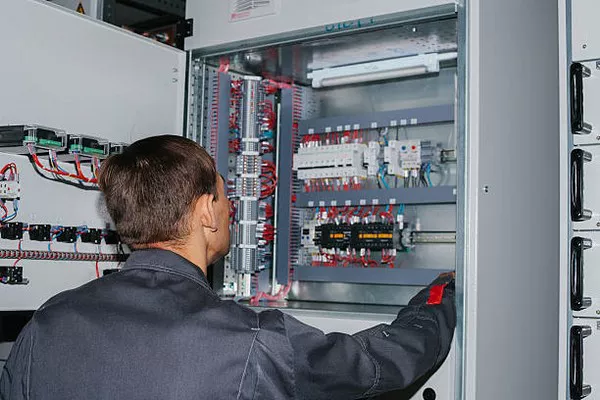In an era where electricity is a cornerstone of modern living, power outages can disrupt our daily routines and pose challenges to our comfort and safety. Investing in a generator for your home is a practical solution to ensure a continuous power supply during unexpected blackouts. This article will provide an in-depth guide on how to use a generator to power your house efficiently and responsibly.
Selecting the Right Generator
Before diving into the operational aspects, it’s crucial to choose the right generator for your household needs. Generators come in various sizes, fuel types, and power capacities. Consider factors such as the size of your home, the appliances you want to power, and the duration of potential outages.
Determine Power Requirements: Conduct an inventory of essential appliances and devices you want to power during an outage. Sum up their wattage to estimate the generator capacity you need.
Fuel Type: Generators can run on gasoline, propane, diesel, or even solar power. Each fuel type has its advantages and disadvantages. Gasoline is readily available, but it has a shorter shelf life than propane or diesel. Consider factors like fuel availability and storage convenience when making your choice.
Portable vs. Standby Generators: Portable generators are versatile and can be moved around, but they are typically less powerful than standby generators. Standby generators are permanently installed and can provide continuous power for an extended period. The choice between the two depends on your specific needs and budget.
Installation and Safety Measures
Once you’ve chosen the right generator, proper installation and adherence to safety measures are paramount.
Location: Place the generator in a well-ventilated, outdoor area. Keep it away from doors and windows to prevent exhaust fumes from entering your home. Ensure the generator is protected from rain and snow.
Transfer Switch Installation: For permanent generators, installing a transfer switch is crucial. This device allows you to switch between the generator and the main power grid seamlessly, preventing back-feeding and ensuring the safety of utility workers.
Grounding: Proper grounding is essential to prevent electrical shocks. Follow the manufacturer’s guidelines for grounding the generator to ensure a safe operating environment.
Operation and Maintenance
Understanding how to operate and maintain your generator is vital for its longevity and optimal performance.
Start-Up Procedure: Familiarize yourself with the generator’s user manual and follow the recommended start-up procedure. Typically, this involves turning off all connected devices, starting the generator, and gradually connecting appliances.
Load Management: Prioritize essential appliances to avoid overloading the generator. Many generators have built-in meters to monitor load, helping you balance power distribution effectively.
Regular Maintenance: Generators require regular maintenance to ensure reliability. Change oil, replace air filters, and inspect spark plugs according to the manufacturer’s recommendations. Regular maintenance minimizes the risk of breakdowns and extends the generator’s lifespan.
Fuel Management
Efficient fuel management is crucial for the continuous operation of your generator.
Fuel Storage: If your generator uses gasoline, propane, or diesel, ensure proper fuel storage. Use fuel stabilizers to extend the shelf life of gasoline, and store fuel in approved containers in a cool, dry place.
Monitoring Fuel Levels: Keep a close eye on fuel levels, especially during prolonged outages. Running out of fuel can cause the generator to shut down unexpectedly, leading to potential issues.
Environmental Considerations
Using a generator responsibly involves minimizing its environmental impact.
Noise Control: Generators can be noisy, so consider investing in a quiet model or using sound barriers to reduce noise levels. Be mindful of your neighbors and local regulations regarding generator use.
Emissions: Generators emit exhaust gases, so ensure proper ventilation and consider low-emission or eco-friendly models. Regular maintenance also helps keep emissions within acceptable limits.
See Also How Long Does A Generator Run
Conclusion
Incorporating a generator into your household for backup power is a wise decision that requires careful consideration, installation, and operation. By selecting the right generator, following safety measures, and maintaining your equipment properly, you can ensure a reliable power supply during unexpected outages. Remember to be mindful of fuel management, environmental considerations, and regularly review and update your emergency preparedness plan to keep your household running smoothly, even in challenging situations.

